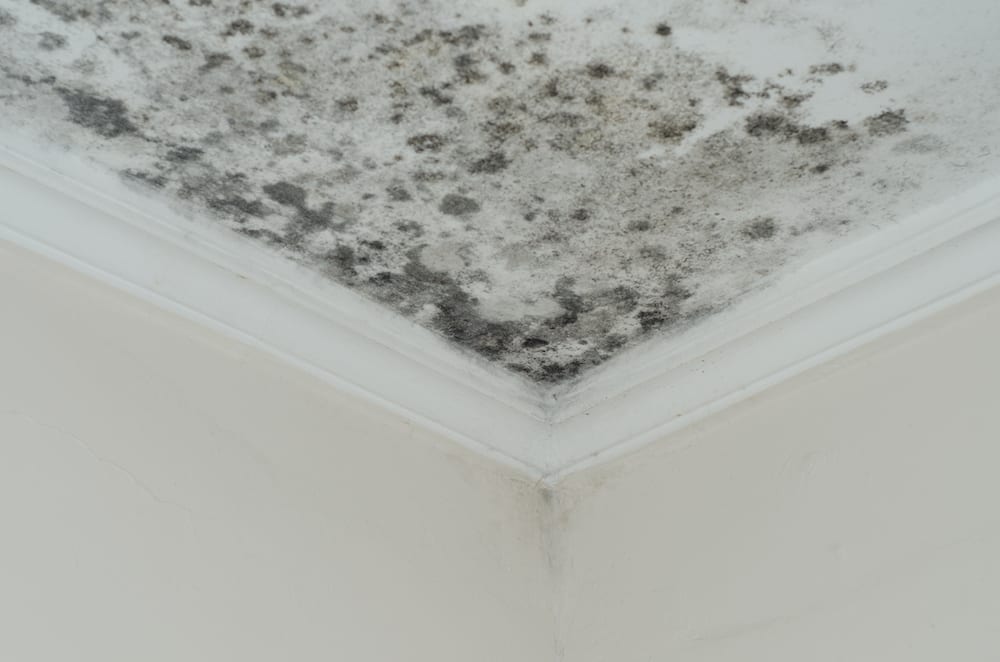If you live in a moist climate like Seattle, you should always be aware of how the moisture in the air could affect your health and home. There are many kinds of mold common in the Northwest that can be dangerous and toxic if they take hold in your crawl space or attic.
Keeping an eye out for the warning signs of mold is an important task for all homeowners, particularly attic mold. Making sure that attic cleaning is done regularly should be a key part of regular household maintenance.
Sometimes mold appears quietly and quickly, with dark spots appearing on your ceiling or walls. It’s not always harmful at first, but if left untreated, it could end up causing damage to both your health and your home.
Below are 10 of the Most Common Types of Mold that You Should be Aware Of
Acremonium
One of the most dangerous molds, acremonium, is toxigenic and usually develops slowly. It usually begins with small, moist spots, but then grows into a powder-like substance that can be pink, grey, orange, or white.
Alternaria
This kind of mold is the one most typical in appearance. It is usually a velvet texture and dark green or brown. It generally grows in bathtubs, showers, and around sinks, pretty much anywhere water or moisture damage occurs. It’s the association with water that makes it the most common kind of mold. It is considered an allergenic mold.
Aureobadidium
This is an allergenic mold, often found behind wallpaper or painted wooden surfaces. It has a distinctive brown, pink or black color. Touching this kind of mold can cause infection of the skin, nails, and eyes.
Aspergillus
One of the most common kinds of mold in U.S. homes, aspergillus, has long, flask-shaped spores that cluster thickly. It comes in many different colors and is another allergenic mold. It can cause lung infections, respiratory inflammation, and asthma attacks.
Chaetomium
This common kind of mold has a cotton-textured appearance. It can change colors, from white to grey, then to brown and black. It is especially dangerous for people with weakened immune systems.
Cladosporium
This kind of mold is different from others in that it grows well in both warm and cold conditions. You’ll most likely find this kind of mold in carpets and upholstery or under floorboards. It generally has a suede looking texture.
Fusarium
Another mold that thrives even in cold temperatures, and you may have seen it growing on rotting food or compost. It has a pink color and grows on wallpaper and carpets, as well as on other fabrics. It spreads very quickly, so if you identify this type of mold in your house, you’ll want to check everywhere.
Penicillium
This kind of mold has a classic appearance, with a greenish-blue color and velvet texture. It is most likely found in water-damaged areas, as well as in wallpaper and ductwork. Penicillium causes respiratory problems like asthma.
Stachybotrys
Also known as black mold, this mold has a slimy, greenish-black appearance and is usually found on wood, paper, wicker, cardboard, or other areas that have prevalent humidity. When you are exposed to black mold, you may experience sinusitis, fatigue, depression, or have difficulty breathing. Prolonged exposure can lead to painful headaches and nosebleeds.
Mucor
Finally, mucor is most often found around HVAC systems and ductwork, as it thrives on the condensation. It has grey spores and generally causes asthma-like symptoms.
If You Think You Have Dangerous Mold in Your Attic or Crawl Space, Call Attic Projects for a Consultation!
Knowing about all the different kinds of mold can be intimidating, but our attic services professionals are trained to provide expert advice on attic mold. They are expertly trained in providing attic cleaning and mold removal services. Give us a call, and we’ll come and give your home a thorough inspection, letting you know what areas may be of concern and how to stop problems before they even begin.




